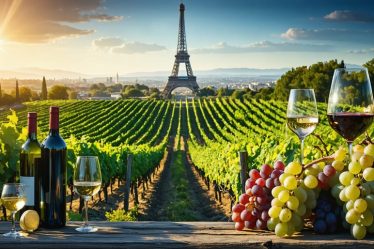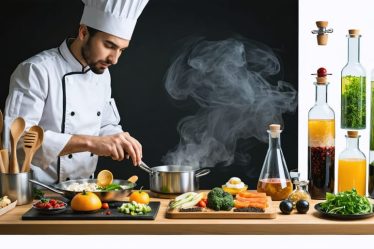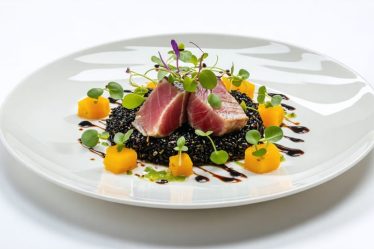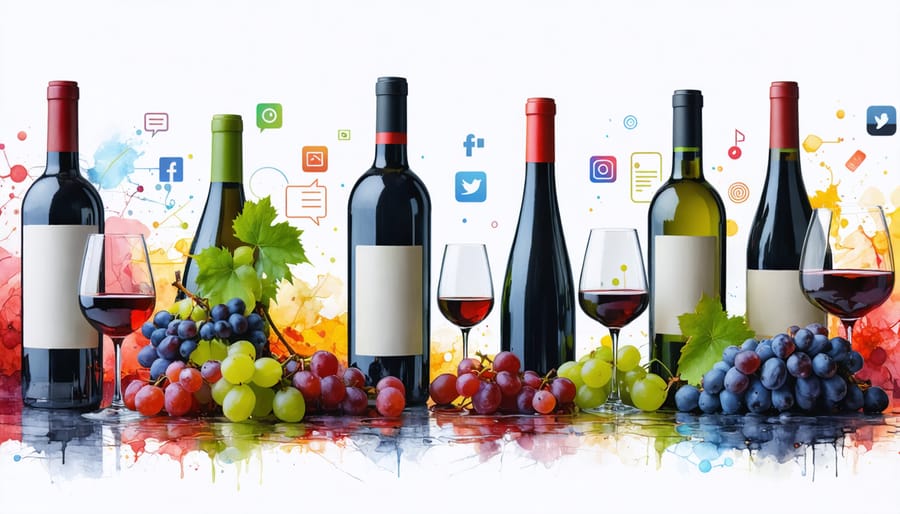
The world of wine has undergone a remarkable transformation, evolving from strict traditional rules to a more inclusive, experimental landscape that celebrates personal taste and modern pairings. Gone are the days when white wine strictly accompanied fish and red wine was reserved exclusively for meat. Today’s wine culture embraces creativity, sustainability, and accessibility, reflecting our changing lifestyles and diverse culinary preferences.
From the rise of natural wines and organic vintages to the emergence of innovative serving methods like wine on tap, we’re witnessing a democratic revolution in how we experience and enjoy wine. Millennials and Gen Z consumers are reshaping wine culture, demanding transparency in production methods, embracing screwcaps over corks, and showing particular interest in sustainable and environmentally conscious winemaking practices.
This evolution extends beyond just what’s in the bottle. Digital sommelier apps, virtual tasting rooms, and social media wine communities have transformed how we learn about, purchase, and share our wine experiences. Whether you’re a curious newcomer or a seasoned enthusiast, understanding these shifts in wine culture can enhance your appreciation and enjoyment of this ever-evolving beverage.
Join us as we explore how wine culture has adapted to modern tastes and technologies, making this ancient beverage more relevant and accessible than ever before.
The New Wave of Wine Culture
Social Media’s Influence on Wine Trends
Gone are the days when wine recommendations came solely from sommeliers and wine magazines. Social media platforms, particularly Instagram and TikTok, have revolutionized how we discover, share, and choose our wines. The rise of wine influencers has democratized wine culture, making it more approachable and less intimidating for newcomers.
Scrolling through Instagram, you’ll find beautifully styled photos of rosé paired with sunset picnics or natural wines showcased alongside artisanal cheese boards. These visual stories aren’t just pretty pictures – they’re reshaping our wine preferences and creating new trends almost overnight. Remember when “orange wine” suddenly appeared everywhere? That’s social media influence at work!
TikTok has taken wine education to another level with quick, engaging videos showing everything from basic wine tasting tips to creative cocktail recipes using wine. The platform’s signature mix of entertainment and education has helped create a new generation of wine enthusiasts who aren’t afraid to experiment with unconventional pairings or try lesser-known varietals.
What I love most about this social media revolution is how it’s made wine more inclusive and fun. Whether you’re a complete beginner or a seasoned enthusiast, there’s content that speaks to you, making the world of wine more accessible than ever before.
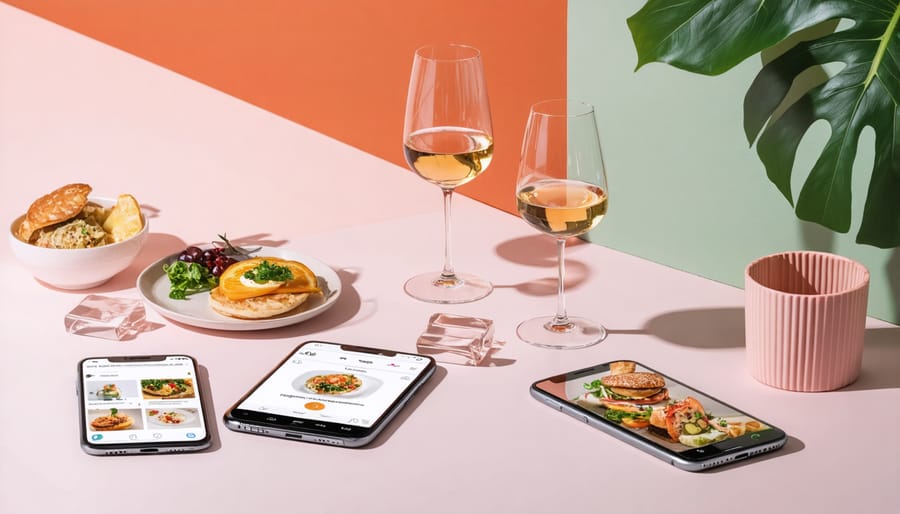
The Rise of Casual Wine Appreciation
Gone are the days when wine appreciation meant memorizing complicated rules and feeling intimidated by sommeliers. Today’s wine culture embraces a more relaxed approach, where experimentation and personal preference take center stage. While knowing your fine dining essentials is still valuable, the new wave of wine enthusiasts is more focused on enjoyment than expertise.
I remember when I first started exploring wines, feeling pressured to follow strict temperature guidelines and pairing rules. Now, like many others, I’ve learned to trust my palate and have fun with unexpected combinations. Wine bars are replacing stuffy tasting rooms, and casual wine nights with friends have become the new norm for discovering exciting varieties.
Social media has played a huge role in this shift, with wine influencers making appreciation more approachable through relatable content and honest reviews. Apps that help you track and rate wines have turned exploration into a personal adventure rather than a formal education. This democratization of wine culture means everyone can participate in their own way, whether they’re sipping a bold red with pizza or trying orange wine at a rooftop gathering.
Breaking Traditional Boundaries
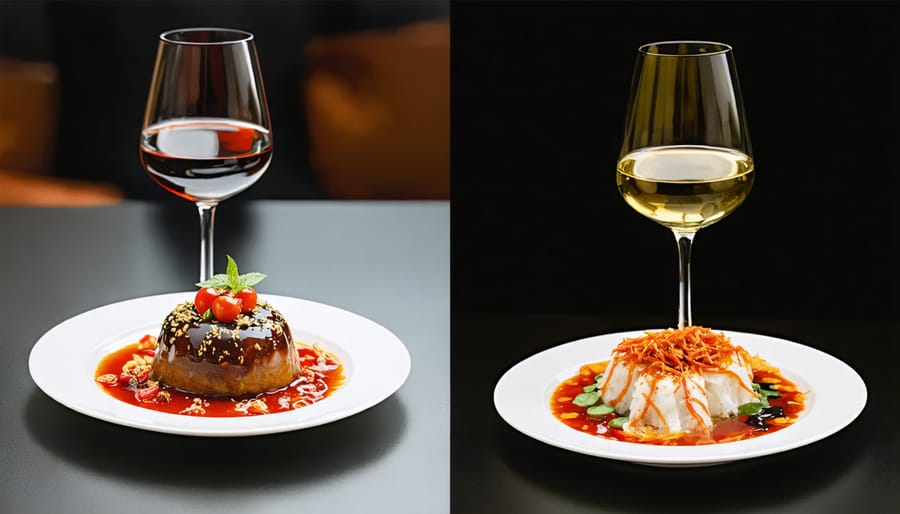
Sweet Wines with Savory Dishes
Remember when dessert wines were strictly reserved for after-dinner sipping? Those days are gloriously behind us! I’ve watched with excitement as creative hosts and innovative restaurants have started breaking these traditional boundaries, proving that sweet wines can be star players throughout the entire meal.
As part of your essential home bar selections, consider adding a versatile dessert wine that can work double duty. A slightly sweet Riesling, for instance, creates magic when paired with spicy Asian dishes, while a golden Sauternes can transform a simple blue cheese appetizer into something extraordinary.
I recently hosted a dinner party where I served a late-harvest Gewürztraminer alongside a savory mushroom tart, and my guests couldn’t stop talking about how the wine’s honeyed notes perfectly balanced the earthy flavors. It’s these unexpected combinations that make modern wine pairing so exciting!
The key is finding the right balance. Look for dishes with a hint of saltiness, spice, or umami to complement the wine’s sweetness. Think prosciutto-wrapped melon with Moscato, or Thai curry with an off-dry Riesling. These pairings create a beautiful dance of flavors that can elevate your dining experience from ordinary to unforgettable.
Don’t be afraid to experiment – some of the most delightful pairings come from being bold enough to break the rules!
Global Fusion Pairings
Gone are the days when Italian wine was strictly reserved for pasta, or when sake was only served with sushi. Today’s wine scene celebrates bold, cross-cultural pairings that prove just how far we’ve come in our culinary adventures. I recently discovered the magic of pairing a crisp New Zealand Sauvignon Blanc with spicy Thai green curry – a combination that completely changed my perspective on traditional wine pairings!
The beauty of global fusion lies in unexpected combinations that somehow work perfectly together. Picture a robust Australian Shiraz complementing Mexican mole sauce, or a German Riesling bringing out the best in Korean bulgogi. These pairings aren’t just breaking rules; they’re creating new ones.
Some of my favorite unexpected matches include Spanish Albariño with Vietnamese pho, where the wine’s mineral notes and citrus undertones enhance the aromatic broth beautifully. California Zinfandel pairs surprisingly well with Indian butter chicken, its fruit-forward profile balancing the rich, aromatic spices.
What makes these modern pairings so exciting is how they reflect our increasingly connected world. Just as we’ve embraced fusion cuisine, we’re now embracing fusion wine pairings that celebrate diversity in both food and wine. The key is to focus less on traditional rules and more on your personal taste preferences – after all, the best pairing is the one you enjoy most!
Sustainable and Natural Wine Movement
Orange Wines and Raw Foods
The latest buzz in the wine world perfectly aligns with our growing consciousness about what we put into our bodies. Orange wines, those gorgeously amber-hued bottles made by leaving white grape skins in contact with the juice, have found their perfect match in the raw food movement. Think of it as a celebration of pure, unadulterated flavors coming together in perfect harmony.
I recently attended a natural wine tasting where the sommelier paired an Georgian orange wine with a raw zucchini carpaccio, and it was nothing short of revelatory. The wine’s subtle tannins and honeyed notes complemented the fresh, crisp vegetables in a way that traditional whites simply couldn’t match.
What makes this pairing trend so special is its authenticity. Both orange wines and raw foods represent a return to traditional, minimally processed methods. The natural fermentation process of orange wines mirrors the clean, wholesome approach of raw food preparation. It’s about letting ingredients speak for themselves, whether they’re grapes or garden-fresh vegetables.
For those looking to explore this pairing, start with a gentle orange wine alongside a fresh fennel and citrus salad. The combination is approachable yet exciting, perfect for both wine novices and seasoned enthusiasts.

Biodynamic Wine Pairings
As a wine lover who’s embraced the biodynamic movement, I’ve discovered that these naturally produced wines offer unique pairing possibilities that feel more connected to both the earth and our plates. Biodynamic wines, made following nature’s rhythms and organic practices, often display vibrant, pure flavors that dance beautifully with seasonal ingredients.
I’ve found that biodynamic reds tend to have a wonderful freshness that pairs perfectly with herb-roasted vegetables and grass-fed meats. My favorite combination is a biodynamic Pinot Noir with mushroom risotto – the wine’s earthy notes complement the dish in a way that feels almost magical. For white wine enthusiasts, biodynamic Chardonnays often show a beautiful mineral character that matches wonderfully with fresh seafood and farm-to-table salads.
What’s particularly exciting is how these wines change with the seasons. During summer, I love serving chilled biodynamic rosés alongside grilled vegetables and light pasta dishes. In winter, fuller-bodied biodynamic reds complement hearty stews and roasted root vegetables beautifully. The key is to think about the natural rhythm of both your food and wine choices – when they’re in harmony, the dining experience becomes truly special.
Making Wine Pairing Personal
Trust Your Palate
Remember those “rules” about wine pairing you’ve been clinging to? It’s time to let them go and embark on a more personal wine journey. While traditional guidelines can be helpful starting points, your palate is uniquely yours, and that’s something to celebrate!
Taking a mindful approach to tasting helps you discover what truly delights your senses. Maybe you’ve found that you actually prefer a bold red with your seafood, or perhaps that crisp white wine pairs perfectly with your favorite steak. That’s perfectly fine!
Start your journey by keeping a simple wine journal. Note not just what you’re drinking, but how it makes you feel and what foods create magical combinations for you. Don’t worry about impressing anyone with fancy tasting notes – use words that make sense to you. “Reminds me of summer picnics” is just as valid as “notes of green apple and mineral undertones.”
Try this fun experiment: Buy two different wines and taste them with the same dish. Which combination speaks to you? There’s no wrong answer here. The joy of wine evolution lies in discovering your personal preferences and building confidence in your choices. Remember, the best wine pairing is the one that brings you joy!
Your wine journey is uniquely yours, so trust your instincts and have fun exploring. The modern wine world celebrates individuality, and your preferences are part of what makes wine culture so wonderfully diverse.
Starting Your Wine Journey
Starting your wine journey doesn’t have to be intimidating – in fact, it should be fun and exciting! I remember when I first began exploring wines, armed with nothing but curiosity and a notebook. Trust me, you don’t need to be a sommelier or take a certified wine course to start appreciating wine’s wonderful complexity.
Begin by choosing three different wines – perhaps a crisp white, a light red, and a bold red. Create a cozy tasting corner at home with some basic supplies: wine glasses, a notebook for your thoughts, and some simple snacks like crackers, cheese, and fruit. This becomes your personal wine laboratory!
Pay attention to how each wine looks, smells, and tastes. Does that Pinot Noir remind you of cherries? Does the Sauvignon Blanc smell like fresh-cut grass? There are no wrong answers – it’s all about your personal experience. Take notes about what you enjoy and what you don’t.
Start pairing these wines with your everyday meals. Try that Chardonnay with your roast chicken, or that Merlot with your pasta dinner. Notice how different foods can change the way your wine tastes. Share these discoveries with friends – wine appreciation is even more enjoyable when it becomes a social experience.
Remember, the goal isn’t to become an expert overnight but to develop your palate and preferences at your own pace. Every bottle opens up a new adventure in taste and enjoyment.
The beauty of wine’s evolution lies not just in how it’s transformed over centuries, but in how it continues to adapt to our modern lifestyles and preferences. As we’ve explored throughout this journey, wine has moved far beyond rigid rules and stuffy traditions to become something more personal, accessible, and enjoyable for everyone.
Remember when we were all afraid of pairing red wine with fish or serving rosé at a dinner party? Those days are behind us. Today’s wine culture celebrates experimentation and personal taste, encouraging us to trust our palates and create our own perfect pairings. I’ll never forget the revelation of discovering how beautifully a crisp Riesling paired with my favorite spicy Thai takeout – a combination that would have raised eyebrows just a decade ago!
Whether you’re a seasoned enthusiast or just beginning to explore the world of wine, there’s never been a better time to develop your own relationship with this ancient beverage. Don’t be afraid to break conventions, try unexpected combinations, or even mix your wines into cocktails. The most important pairing isn’t between your wine and food – it’s between the wine and your enjoyment.
As you continue your wine journey, remember that every palate is unique, and there’s no “wrong” way to enjoy wine. Keep exploring, keep tasting, and most importantly, keep sharing your discoveries with others. After all, wine has always been about bringing people together, and that’s one tradition that will never go out of style.

